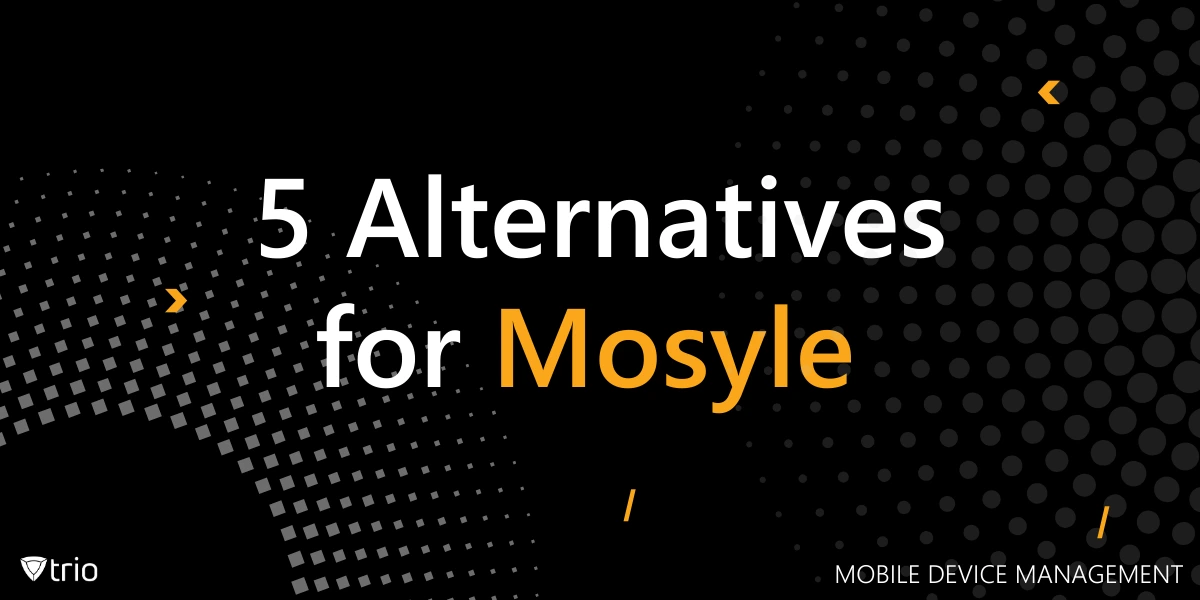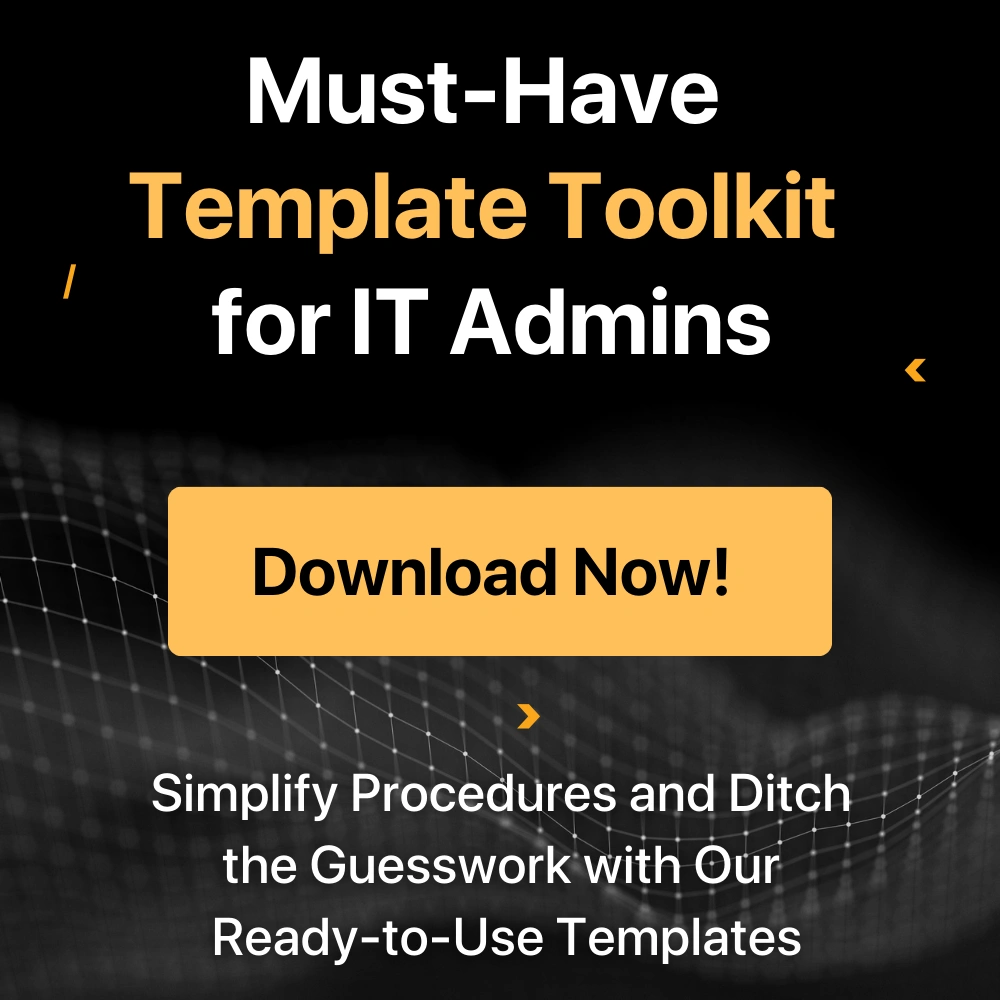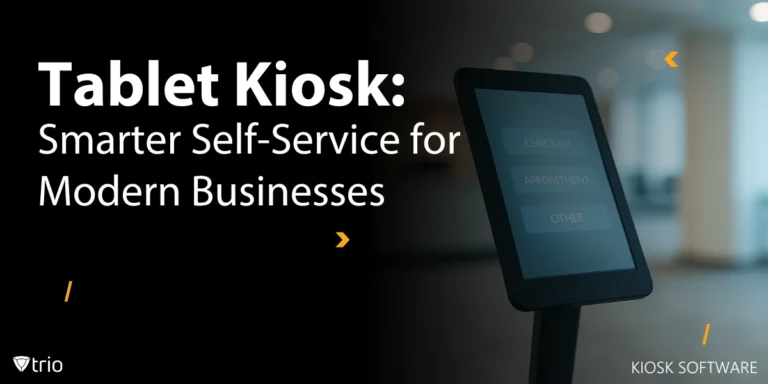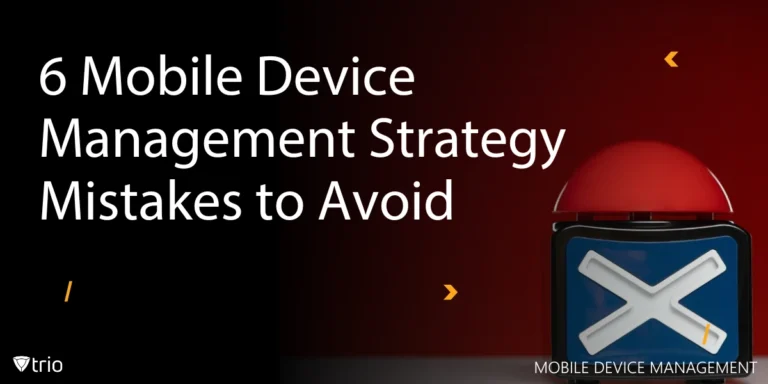Mosyle has earned its place as a popular Apple MDM solution, particularly in education and SMB sectors. Its focus on the Apple ecosystem allows it to provide deep integration and strong support for iOS and macOS environments. However, as organizational needs evolve—whether due to scaling operations, adopting a hybrid work model, or introducing non-Apple devices—IT teams may find themselves searching for Mosyle alternatives that offer greater flexibility and functionality.
There’s a growing demand for MDM platforms that support multi-OS environments, integrate with identity providers, and deliver advanced automation for routine IT tasks. Many Mosyle alternatives now offer unified endpoint management across macOS, Windows, Android, and even Linux, giving IT admins broader control without the need to juggle multiple tools. These platforms also tend to emphasize security, compliance, and seamless onboarding/offboarding—all essential features for modern organizations.
This guide highlights five of the best Mosyle alternatives available in 2025. Each solution brings unique strengths to the table, whether it's cross-platform support, automated compliance, enhanced reporting, or identity management integration. Whether you're overseeing a growing enterprise network or managing endpoints for a remote workforce, the options below can help you identify the MDM solution that best fits your needs.
1. Trio – Unified, Automated Mosyle MDM Alternative for Multi-Platform Environments
Trio is a modern Mobile Device Management (MDM) platform designed to simplify IT operations across diverse device ecosystems. Unlike Mosyle, which focuses primarily on Apple devices, Trio offers comprehensive support for macOS, iOS, Android, and Windows platforms, making it ideal for organizations with mixed-device environments. Its intuitive interface and robust feature set cater to businesses seeking a scalable and secure solution for device management.
One of Trio's standout features is its automation capabilities. The platform streamlines device onboarding and offboarding processes, reducing manual workload for IT teams. Automated compliance enforcement ensures that devices adhere to organizational policies and industry regulations, such as GDPR, HIPAA, and SOC 2. Additionally, Trio's real-time monitoring and reporting tools provide valuable insights into device performance and security status.
Security is a core focus for Trio. The platform includes advanced endpoint protection features, such as remote lock and wipe, Lost Mode, and real-time threat detection. These tools help organizations safeguard sensitive data and respond promptly to potential security incidents. Trio also supports integration with identity providers like Okta and Microsoft 365, enhancing access control and user authentication.
Pros:
- Supports macOS, iOS, Android, and Windows devices
- Automated onboarding/offboarding and compliance enforcement
- Advanced security features, including real-time threat detection
- Competitive pricing with a 14-day free trial
Cons:
- Smaller market presence compared to established MDM providers
- Some advanced features may require additional configuration
2. NinjaOne – Unified Endpoint Management Across Platforms
NinjaOne offers a comprehensive IT management platform that encompasses device management, patching, monitoring, and remote support. Unlike Mosyle, which focuses exclusively on Apple devices, NinjaOne provides support for Windows, macOS, and Linux, making it suitable for heterogeneous IT environments. The platform's unified dashboard allows IT teams to monitor and manage all endpoints from a single interface. NinjaOne's automation capabilities streamline routine tasks such as software deployment and patch management, freeing up IT resources for more strategic initiatives.
Pros:
- Supports Windows, macOS, and Linux
- Unified dashboard for comprehensive endpoint management
- Strong automation and integration capabilities
- Emphasis on security with real-time monitoring
Cons:
- May be more feature-rich than necessary for small businesses
- Pricing information is not publicly disclosed
3. JumpCloud – All-in-One Device and Identity Management
JumpCloud is a cloud-based directory platform that combines device management with identity and access management (IAM) capabilities. It supports a wide range of operating systems, including Windows, macOS, Linux, and mobile platforms. JumpCloud's zero-touch enrollment and centralized console simplify device onboarding and policy enforcement. Its integration with various authentication protocols and identity providers enhances security and compliance. JumpCloud is ideal for organizations seeking a unified solution for device and user management.
Pros:
- Comprehensive support for multiple operating systems
- Integrated device and identity management
- Zero-touch enrollment and centralized policy enforcement
- Flexible integration with authentication protocols
Cons:
- May require a learning curve for teams new to unified platforms
- Advanced features might be more than needed for smaller organizations

4. Scalefusion – Versatile MDM for Diverse Device Ecosystems
Scalefusion offers a unified endpoint management solution designed to manage a wide range of devices, including Android, iOS, macOS, Windows, Linux, and ChromeOS. This broad compatibility makes it an attractive option for organizations with diverse device ecosystems. The platform provides features such as role-based access control, web content filtering, and automated OS updates. Scalefusion's integration with identity providers simplifies user authentication, while its endpoint security solution, Veltar, adds an extra layer of protection for corporate data.
Pros:
- Supports a wide range of operating systems
- Comprehensive feature set including security and compliance tools
- User-friendly interface with easy deployment
- Affordable pricing with scalable plans
Cons:
- Some advanced features may require additional configuration
- Support for certain niche devices may be limited
5. Addigy – Cloud-Based Apple Device Management
Addigy is a cloud-based IT management platform focused on managing macOS and iOS devices. It offers features such as zero-touch provisioning, real-time device monitoring, and automated remediation. Addigy's multi-tenant architecture makes it suitable for managed service providers (MSPs) and enterprise IT teams managing multiple clients or departments. Its focus on Apple devices ensures that it stays up-to-date with the latest developments in the Apple ecosystem.
Pros:
- Specializing in Apple device management
- Real-time monitoring and automated remediation
- Multi-tenant architecture for MSPs and large organizations
- Regular updates aligned with Apple's ecosystem
Cons:
- Limited to Apple devices; not suitable for mixed OS environments
- May require additional tools for comprehensive IT management
Final Thoughts
While Mosyle remains a solid choice for Apple-centric environments, today’s IT landscape calls for MDM platforms that can keep pace with cross-platform requirements, remote work demands, and increasing cybersecurity risks. The five Mosyle alternatives featured in this guide—Trio, NinjaOne, JumpCloud, Scalefusion, and Addigy—each offer compelling benefits depending on your organization’s MDM project plan.
Among them, Trio stands out for its intuitive interface, support for all major operating systems, and powerful automation features that simplify device management and bolster security. Whether you're transitioning from Mosyle or seeking to future-proof your IT infrastructure, exploring these alternatives is a smart step toward achieving a more efficient and secure endpoint management strategy in 2025.
For organizations looking for a balanced mix of flexibility, automation, and enterprise-grade security, Trio stands out. Its cross-platform capabilities, intelligent policy enforcement, and modern UI make it a top contender for IT teams seeking smarter device management in 2025 and beyond. Try out Trio’s demo account or use our free trial today!
Get Ahead of the Curve
Every organization today needs a solution to automate time-consuming tasks and strengthen security.
Without the right tools, manual processes drain resources and leave gaps in protection. Trio MDM is designed to solve this problem, automating key tasks, boosting security, and ensuring compliance with ease.
Don't let inefficiencies hold you back. Learn how Trio MDM can revolutionize your IT operations or request a free trial today!





